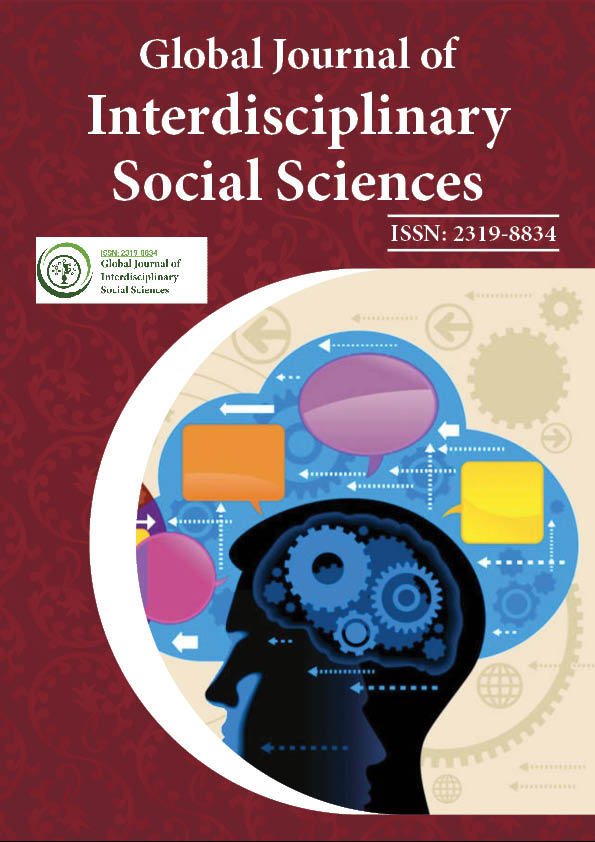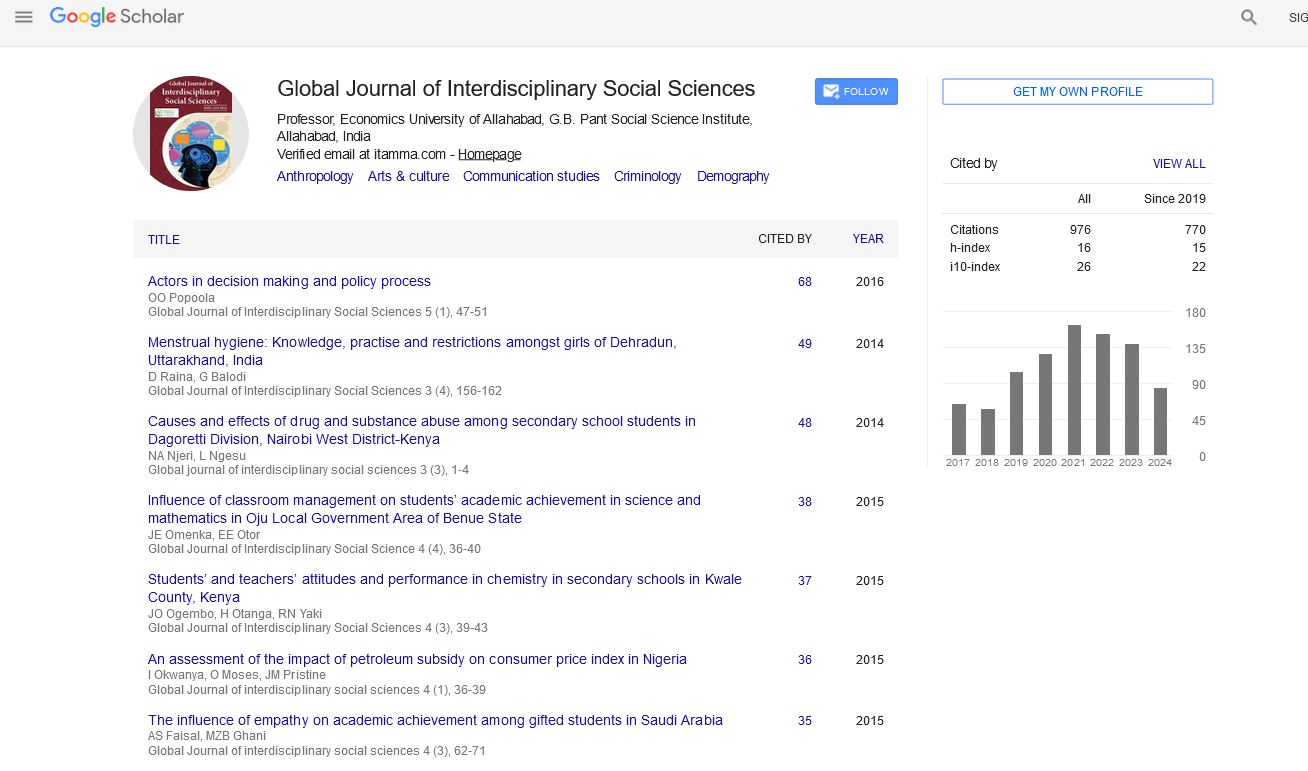Indexed In
- JournalTOCs
- Google Scholar
Useful Links
Share This Page
Journal Flyer

Open Access Journals
- Agri and Aquaculture
- Biochemistry
- Bioinformatics & Systems Biology
- Business & Management
- Chemistry
- Clinical Sciences
- Engineering
- Food & Nutrition
- General Science
- Genetics & Molecular Biology
- Immunology & Microbiology
- Medical Sciences
- Neuroscience & Psychology
- Nursing & Health Care
- Pharmaceutical Sciences
Commentary - (2022) Volume 11, Issue 3
The Role of European Union in the World Economy
Johannes Urpelan*Received: 02-May-2022, Manuscript No. GJISS-22-17121; Editor assigned: 04-May-2022, Pre QC No. GJISS-22-17121(PQ); Reviewed: 20-May-2022, QC No. GJISS-22-17121; Revised: 27-May-2022, Manuscript No. GJISS-22-17121(R); Published: 03-Jun-2022, DOI: 10.35248/2319-8834.22.11.023
Description
During the negotiations for the Schuman Plan (1950), on which the agreement to form the European Coal and Steel Community (ECSC) is based, issues emerged about a possible German rearmament. German disarmament after World War II had created a kind of power vacuum in the heart of Europe, which changed into dramatically emphasized after the Korean war. The United States advised creating an incorporated operational structure within the sphere of the Atlantic alliance within which a German army should participate under direct American control. This arrangement was to become the North Atlantic Treaty Organization (NATO). The French government rejected this proposal and provided as an alternative the so called Pleven plan (1950), named after French Prime minister René Pleven. The Pleven plan known as for the creation of a European military that might be placed under the control of a European ministry of defence. The soldiers were to come from the participating countries, which include Germany.
The French proposal covered all the individuals of the North Atlantic alliance, in addition to Germany. However, only Germany, Italy, Belgium and Luxembourg, besides France, met in Paris on february 15, 1951, to begin negotiating a possible new treaty. Holland joined on October 8, while the United States, Great Britain, Canada, Norway and Denmark sent observers. The outcome turned into the European Defense Community (EDC) agreement signed on May 27, 1952. As Jean Monnet’s brainchild, the European Defence Community differed from the Pleven Plan and proposed a supranational structure along the lines of the ECSC. The EDC also implied a certain degree of financial integration, necessary considering that military integration in many approaches known as for a standardization of industrial-war capabilities. The problem of German rearmament remained open. A new initiative came this time from the English foreign secretary, Anthony Eden. This initiative benefited from U.S. support. Throughout 1954, some of agreements have been signed taking into consideration Germany’s membership in NATO, Italian and German membership in the Brussels Pact, the creation of the Western European Union (WEU), Germany’s assurance that it would not interact in the creation of atomic arms, and a British agreement to station British divisions in Germany. The query of European defence thus have become a transatlantic problem and a taboo in Europe for decades to come.
Conclusion
Demographically, the European population is growing older and stagnating, but on this it is not alone. In 2050, the EU will still become populated than the US, remaining in the third stage of global rankings behind India and China. The EU attracts great migratory flows and is the primary source and destination of tourists in the global. Despite this loss of economic and political impact, there is no denying that the EU possesses a wide array of strengths to play a specific function in international affairs. The first factor to consider is that the EU derives its visibility and impact on the world stage from its unity on subjects which includes its trade policy, competition policy and the standards it sets for the world’s largest market. As the first economic power for some time yet, it additionally has the world’s second leading currency and spreads over lands that maintain 500 million citizens who benefit from high living standards and a social model sought after throughout the world.
Citation: Urpelan J (2022) The Role of European Union in the World Economy. Global J Interdiscipl Soc Sci. 11:023.
Copyright: © 2022 Urpelan J. This is an open-access article distributed under the terms of the Creative Commons Attribution License, which permits unrestricted use, distribution, and reproduction in any medium, provided the original author and source are credited.

